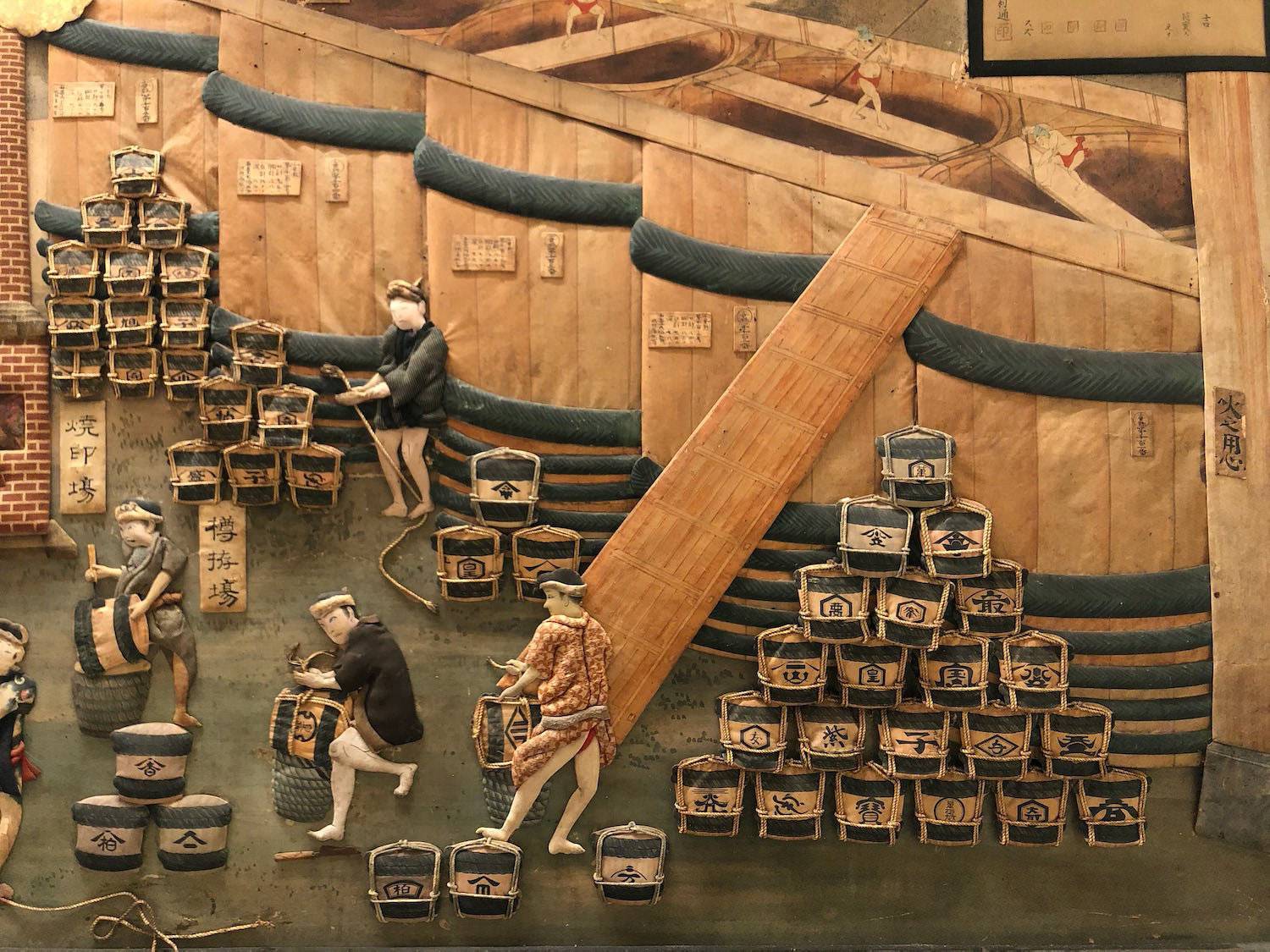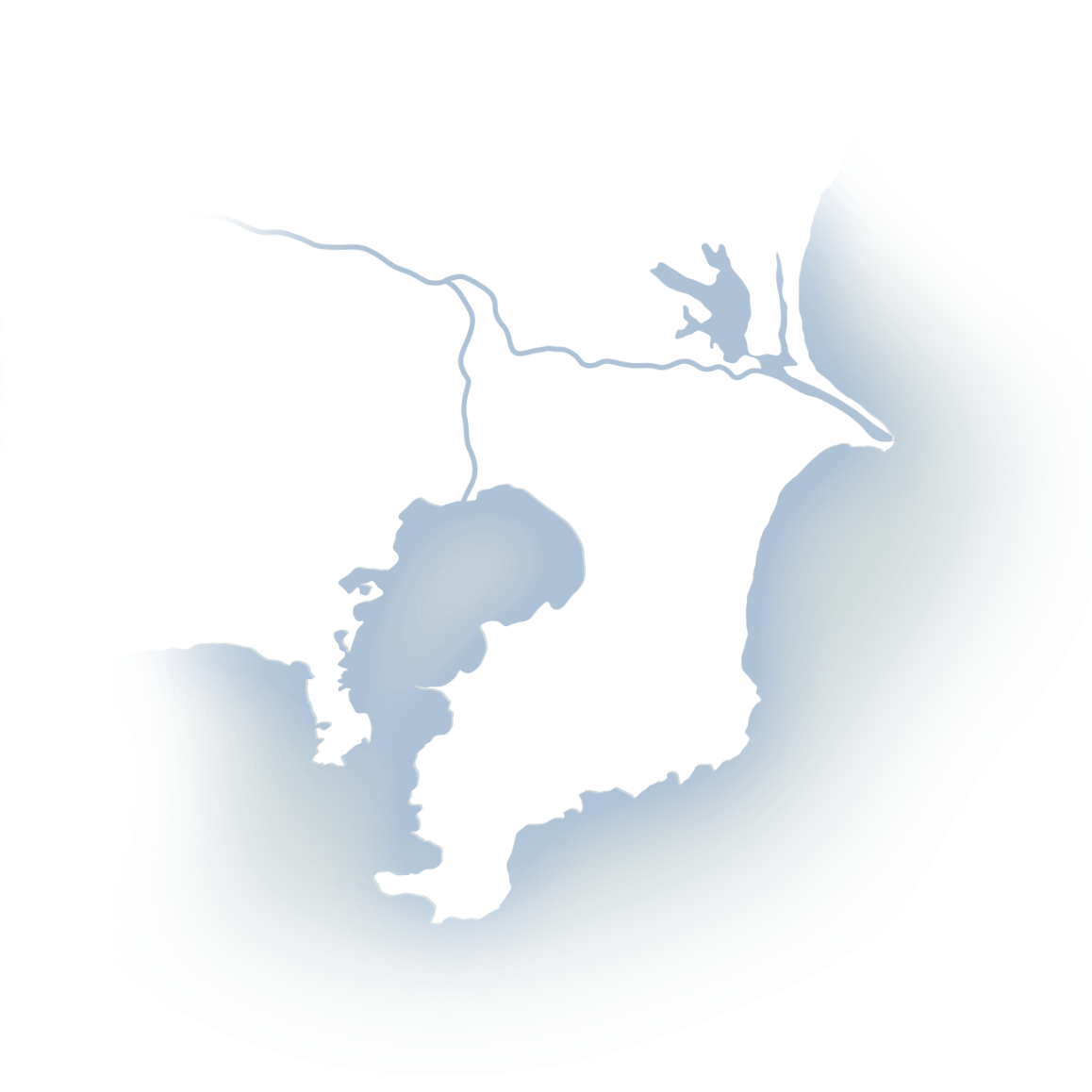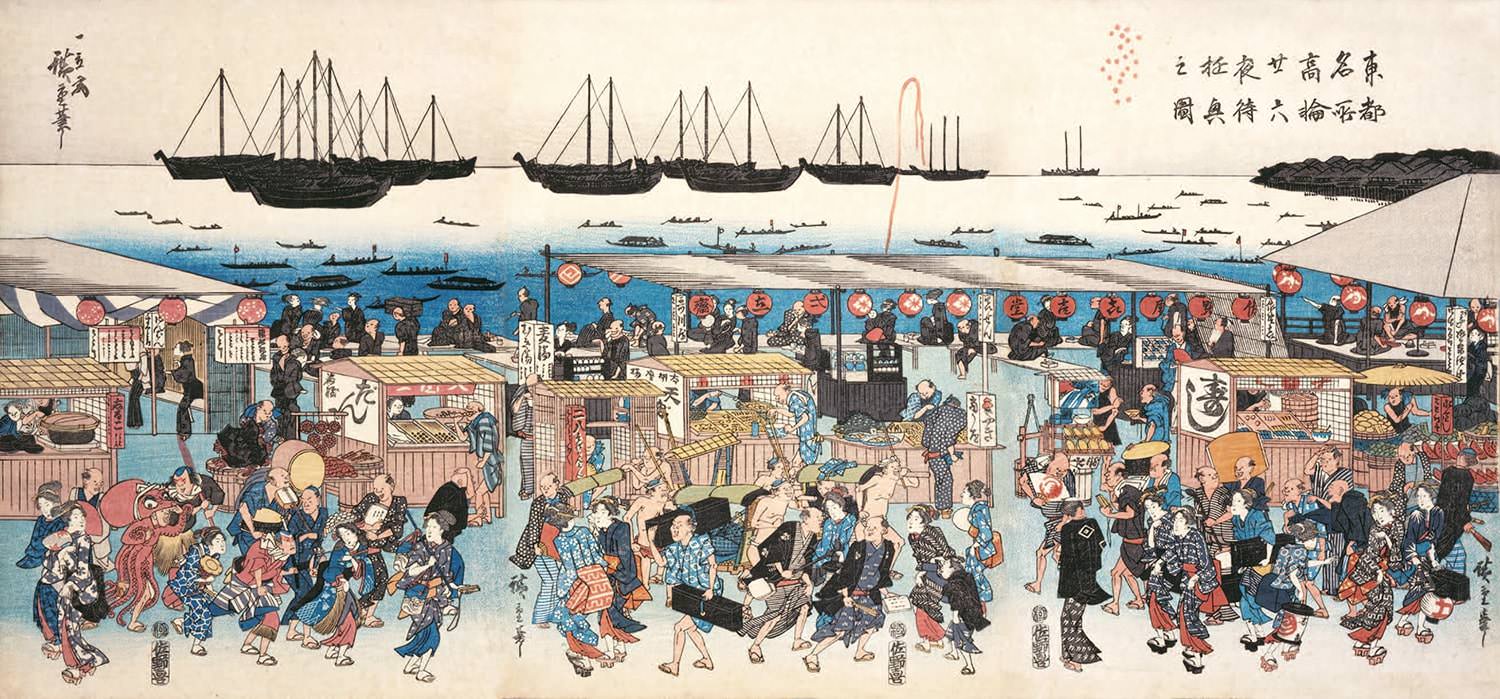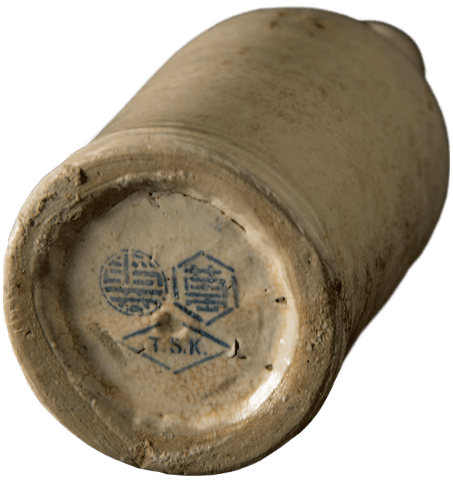Exhibition01
History of Kikkoman Soy Sauce
Today, people around the world enjoy using soy sauce.
Let’s take a look at the history of this versatile seasoning and Kikkoman Soy Sauce.

The Origin of Soy Sauce: “Jiang”.
For years the backbone of Japanese food culture, Kikkoman soy sauce is now used in over 100 countries worldwide. If you were to search out its roots, you would come upon China’s “Jiang”. Through experience, we learned that while it is being immersed in salt for preservation, food ferments and ages, bringing out its’ umami flavor. This is said to be the origin of soy sauce. This type of soy sauce was introduced to Japan around the time of the Yamato Imperial Court era (250 AD -710 AD) from China and the Korean Peninsula.
The birth of Japanese Soy Sauce, “Shoyu”.
Thereafter, “Jiang” was affected by the surroundings and climate of Japan, and amidst the development of Japanese Food Culture, this soy sauce was transformed into the soy sauce, “Shoyu”, a fermented seasoning unique to Japan, and in the late 1600s soy sauce production began near the present day city of Noda in Chiba Prefecture. This is the origin of Kikkoman Soy Sauce.
 Illustration depicting Shimousa province’s
Illustration depicting Shimousa province’s soy sauce production in Dainihon Bussan Zue


The birthplace of Kikkoman Soy Sauce
During the 100 years from the mid-17th century to the mid-18th century, the soy sauce industry flourished, centered around the Mogi and Takanashi Families, near the present day city of Noda in Chiba Prefecture. It was during this period that Kikkoman Soy Sauce also was born.
Noda is located on the Kanto Plain, which was one of the few top-producing regions in Japan for soybeans and wheat. The nearby city of Edo (present day Tokyo) flourished as the center of Japan, and with population increase, a large market would be built. Noda is surrounded by two main waterways, the Tone River and the Edo River, and as such was a location especially well-suited to the transport of both raw materials and manufactured soy sauce product.



Bustle of stalls in the Edo period (1603-1868).

*Totomeisho Takanawa Nijyurokuyamachi Yukyonozu (Kanagawa Prefectural Museum of Cultural History)

Establishment of Noda Shoyu Co., Ltd.
It was mainly in order to ship soy sauce to Edo that several soy sauce brewers organized an association. By the mid-19th century, Noda was the largest soy sauce producer in the Kanto region.
In 1917, the Mogi, Takanashi and Horikiri families merged their businesses to form Noda Shoyu Co., Ltd. Then in 1964, Noda Shoyu Co., Ltd. changed its corporate name to Kikkoman Shoyu Co., Ltd. This trade name was altered in 1980 to the company’s current name: Kikkoman Corporation.
Gallery

The Initial Encounter: Kikkoman Soy Sauce Crosses the Ocean
Japanese soy sauce was already being exported overseas by the mid-17th century. Export of Kikkoman Soy Sauce began in the mid-19th century. However, it was after the Second World War that Kikkoman’s overseas business significantly expanded.



This picture shows that Kikkoman soy sauce was shipped overseas from the Yokohama Port

Brochures of Kikkoman soy sauce from around 1892 produced for overseas

Newspaper advertisement in the United Kingdom (1932)
Global Expansion of Kikkoman Soy Sauce
Following the war, upon seeing that many of the military personnel and journalists, as well as educators and scholars stationed in Japan had become familiar with soy sauce based Japanese cuisine, Kikkoman saw great potential in overseas expansion.
Gallery

In 1957, Kikkoman opened its first overseas sales base in San Francisco. To meet steadily increasing demand, Kikkoman then built its first overseas production plant in the United States in 1972.

Currently, Kikkoman has three soy sauce production plants in Japan, and eight soy sauce production plants overseas and sell our products in markets worldwide. Kikkoman’s goal is to make Kikkoman Soy Sauce the global standard of seasoning.

























